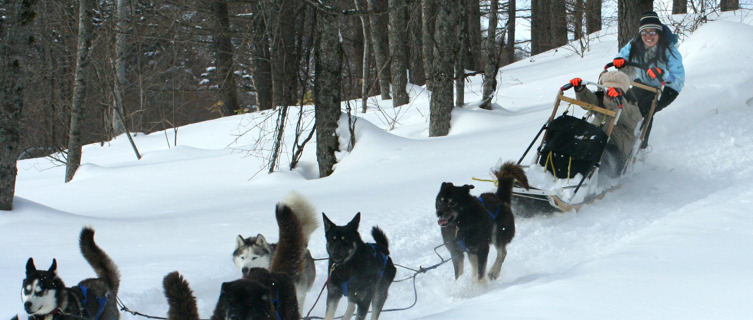
Furano ski resort
One of the most highly regarded of Japan’s 500 or so ski areas, Furano, on the northern island of Hokkaido, is rapidly gaining international recognition for its exciting slopes and wonderful powder.
Along with huge amounts of desirable, light powder, Furano boasts one of the biggest lift-served verticals and some of the longest and steepest runs in the country. From the slopes, the resort boasts virtually unrivalled views looking across the valley towards the smouldering volcanic peeks of Mount Tokachidake and Mount Asahi, the highest peak on Hokkaido Island.
Furano itself is a large pleasant, rural city with good rail, road and air connections to the rest of the country. Aside from skiing, the area is famous for its colourful lavender fields, which paint the landscape in shades of purple, pink, yellow and green. It’s a 10-minute drive from the town to ski slopes - although there are numerous accommodation options at the base of the slopes.
Furano's size means there's lots to do besides skiing, including onsen (hot spring baths) to dip into, over 100 bars and restaurants, an annual winter festival and beer party and regular traditional Japanese tea ceremonies and other cultural events.
The city of Furano is located in the geographical centre of Japan's northern island of Hokkaido.
On the slopes
Furano has a worldwide reputation for its huge, dry, light, powder snowfalls, averaging 9m (27ft) each winter, which enable the resort to offer a near six-month-long ski season from late-November to early-May on average. Due to Furano’s cold temperatures and distance from the sea, its snow remains fresh despite enjoying more bluebird days than other parts of Hokkaido.
To make the most of the great terrain, Furano offers a free ski host service that’s unique to Japan. This service employs enthusiastic locals who guide visitors to the best terrain while detailing information about the culture and history of Furano, as well as recommendations on the best bars, restaurants and activities.
Furano's local ski area is divided into two linked ski areas: the Furano Zone and the Kitanomine Zone (which is open during the busier period from mid-December to late March). Each offers a similar mix of beginner and intermediate terrain, totalling 25km (16 miles) of pistes. On both sides of the ski area, cabin lifts carry skiers over the full 1000m (3,280ft) vertical from the bottom up to the runs, which are up to 4km (2.5 miles) in length.
The steepest runs include the Furikozawa and Kumaotoshi routes on the Kitanomine side, both recommended for powder hounds. This area includes the Premium Zone, which is too steep to groom and offers skiers a backcountry experience without leaving the resort. The Furano Zone has the resort’s longest black, the Challenge run. Off-piste skiing is allowed in certain areas.
Night skiing is popular, with about a third of the terrain floodlit for most of the season. A combined lift pass allows skiers to access the neighbouring resorts of Kamui Ski Links and Tomamu, each about an hour's shuttle bus ride away, at no extra cost.
Do you have any Feedback about this page?
© 2025 Columbus Travel Media Ltd. All rights reserved. No part of this site may be reproduced without our written permission, click here for information on Columbus Content Solutions.








 You know where
You know where